Use of controls
Controls are an important part of running an ELISA as they help to indicate if there are any problems within an assay. Some controls such as positive, negative and blank can be considered essential whilst others help to optimise the workings of the assay.
Positive Control,
This contains the protein of interest you are looking to detect in your assay. The control will either be endogenous or a purified protein/ peptide known to contain the immunogen sequence recognised by the antibodies. When a positive results is detected for the positive control it shows the assay is working even if there is no signal for the samples.
Often assay kits are provided with a known positive control but if this is not the case you may find suitable alternatives from literature or by looking at the Swissprot ID/ Genecards database, focusing on where the target of interest can be found.
Negative control,
This does not contain the protein of interest. No signal should be detected from running the negative control but if this does occur it suggests non specific binding may be present causing false positive results. Running a negative control is essential for validating results as it provides a comparison. Another form of negative control is an isotype control, these tend to be used in applications such as IF, IHC WB and ELISA. They are often primary antibodies that lack specificity to the target of interest, however they will match the primary antibody's class, host species and light chains. Isotype controls are often used to differentiate between specific binding of the primary antibody to it's target and non specific background signal.
Standard,
This is another form of positive control but with a known concentration of target protein, enabling the generation of a standard calibration curve. The standard may undergo a series of serial dilutions producing a set of known concentrations and absorbancy readings. For example this can range from 10ug/ml -100 ug/ml, with OD readings between 0-3. When adding the trend line the R2 value should be close to 1. From the data generated samples may be run alongside this and from measuring the absorbancy readings the exact concentration of the samples may be extrapolated. Poor standard readings suggest the antibodies were unable to successfully bind and optimisation of the kit is required. If the standard works well but the samples are undetected it suggests the problem may lie with the sample type or preparation.
Spike control,
Usually when running standard a normal diluent is used such as PSB. However it is also good to run a spike control where the standard is diluted in serum from the species you are testing. This is beneficial as it helps to determine if there are any other proteins in the serum that could cause interference. If when running a spike control there is a significant difference between that of the standard, other proteins may be present affecting the results. This may then require purification of the sample, matrix effect buffers or an alternative sample to be tested.
Endogenous Control,
Many positive controls have been developed from a recombinant protein or synthetic peptide, with antibodies similarly raised against these modified or shortened proteins. This can cause inherent issues as this may not reflect the true configuration or sequence of the native protein, which means the antibody may be unable to successfully recognise the protein within an endogenous sample. Using an endogenous control indicates whether the antibodies in an ELISA are able to detect the recombinant protein as well as the native protein which is essential when analysing real life samples. In particular it is important to ensure the immunogen of the antibodies match that of the proteins target sequence. Similarly it is important to consider where the tag of a recombinant protein is located. If not within the C or N terminal the antibody may not have access to the proteins epitope preventing it from successfully binding.
Zero,
This often contains all reagents used within the assay omitting any standards or samples. This gives a background reading which can be use to calculate the true absorbance by subtracting from the standard and sample OD results. The zero readings should be close to zero as there should be no target protein present to generate a signal. If a higher than expected signal is generated it could indicate non specific binding. It was also mean additional or more thorough wash steps are required.
It is important to include standard and controls each time you run an assay as there may be many variables influencing the outcome. For instance, the lab temperature, were the same incubation times used, did the antibodies perform in the same way, was the plate machine calibrated correctly, were the same dilutions and volumes of reagents used. Running controls each time also enables variation between plates to be more easily observed as well as providing a base reading for each plate.



